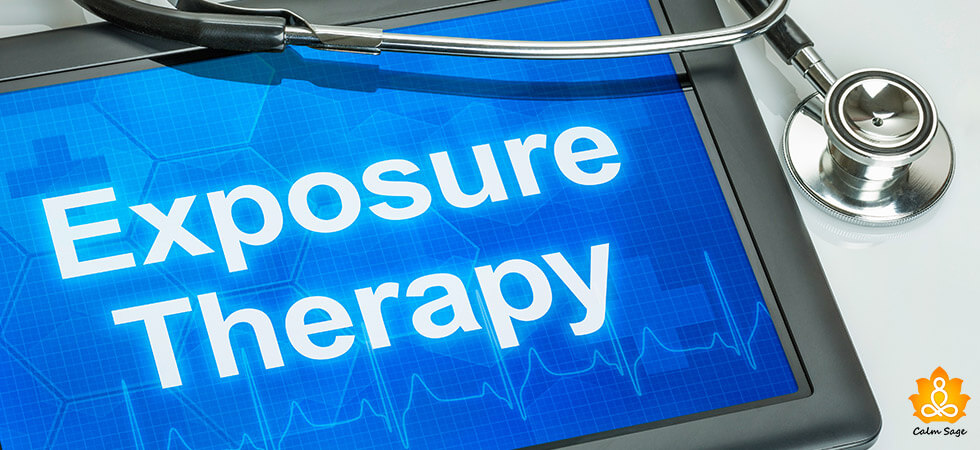Understanding The 5 Stages of PTSD & How to Heal

Post-traumatic stress disorder or PTSD is a mental health condition that can develop after experiencing or witnessing a traumatic event. This disorder can impact your daily life, along with mental, emotional, and physical health. Understanding how PTSD develops in stages can help you and your loved ones living with it cope effectively with its symptoms. For you and your loved one’s healing, understanding these PTSD stages can be important.
PTSD can be experienced by anyone who have witnessed a traumatic event such as a natural disaster, serious accident, terrorist attack, sexual assault, or violence of any kind. This disorder can be characterized by intense and intrusive thoughts, feelings, and experiences related to the event that can even last long after the event has passed.
If you are diagnosed with PTSD, then you might relive the experience through flashbacks and nightmares. You might also experience feelings of sadness, fear, or anger, and might feel detached or disoriented from reality.
Let’s understand how the stages of PTSD develop and impact your day-to-day functioning.
The 5 Stages of PTSD
Stage #1: The Emergency Stage
The first stage of PTSD is the emergency stage or the impact stage. This stage occurs immediately after the traumatic event and can last for a few hours to several days. During this stage, you might experience shock, denial, and disbelief. You might find yourself feeling numb and disconnected from reality, struggling to process what happened to you. Your body’s flight-and-fight response heightens, leading to symptoms like increased heart rate, sweating, dizziness, and hypervigilance.
During this stage, you might find it hard to talk about the trauma or even acknowledge the reality of it. This time is marked by confusion and intense emotional distress.
Stage #2: The Denial or Numbing Stage
The second stage of PTSD is the denial or numbing stage. This stage can last for weeks or even months. During this stage, you might try to avoid reminders of the traumatic event and may find yourself engaging in behaviors to numb your emotions using unhealthy coping strategies such as substance abuse, overworking, or other unhealthy distractions. Denial, for some, can be a defense mechanism to protect themselves from the overwhelming emotions.
In this stage, you might show avoidance behaviors such as avoiding places, people, or activities that remind you of the traumatic event. You might also experience emotional numbness and feelings of detachment.
Stage #3: The Intrusive or Repetitive Stage
The third stage of PTSD is the intrusive or repetitive stage wherein you experience intrusive symptoms of PTSD. This stage can be extremely distressing as the traumatic event starts to intrude in your daily life. Symptoms experienced during this stage can include flashbacks, nightmares, and disturbing thoughts. These symptoms can be triggered by reminders of the trauma such as certain sounds, sights, and smells.
During this stage, you might struggle with sleep, feelings of irritability, and heightened anxiety. You might feel as though you are reliving the trauma repeatedly, which can be increasingly distressing.
Stage #4: The Transitional Stage
The next PTSD stage is the transitional stage where you start to confront and process the traumatic memories. This stage is marked by a gradual shift from avoidance and denial to begrudging acceptance. This period can be challenging as it involves facing painful memories and uncomfortable emotions.
Herein, you might begin therapy and counseling to help process the trauma. Cognitive behavioral therapy (CBT), eye movement desensitization and reprocessing (EMDR), and other trauma-therapy approaches can be used to help you work through your traumatic experiences.
Stage #5: The Post-Trauma Recovery Stage
The last and fifth stage of PTSD is the recovery stage. In this stage, you start to integrate the trauma experiences into your life narrative. You develop a sense of closure and begin to rebuild your life around the trauma. During this stage, your PTSD symptoms show a decrease and you begin to healthily function in your daily life.
In this stage of PTSD, you develop better and healthier coping mechanisms and a far greater sense of resilience. You might find yourself looking for a new purpose in life at this stage. While you might not forget the trauma, you’ll find that it no longer dominates your life and actions.
How Long Does PTSD Last?
The duration of PTSD can vary from person to person and from experience to experience. For some, the symptoms might decrease within a few months, while others might experience the stages of PTSD for years. Several factors impact how long PTSD lasts, including the severity of the traumatic event, your coping skills, and how much support in terms of treatment and recovery you have.
Early intervention and treatment can reduce the duration of the PTSD stages and symptoms. But, even then, it’s important to recognize that healing and recovery is a slow process and progress is never linear. You might experience setbacks and relapses, especially when faced with triggers of the trauma, but don’t lose hope and keep going.
While the stages of PTSD do help us understand how PTSD develops, they don’t always occur in a linear process. You might move back and forth between different stages, simultaneously. For example, you might experience intrusive symptoms of PTSD while confronting your trauma.
How To Heal From PTSD?
When it comes to healing from PTSD stages, you can seek a trauma-therapist and combine psychological approaches with self-help strategies. Here are some things you can do to heal from PTSD:
-
Consider CBT
CBT can help you identify and replace negative thought patterns associated with PTSD with positive ones. Techniques such as exposure therapy can also help as it involves gradual exposure to trauma-related memories.
-
Consider EMDR
Eye movement desensitization and reprocessing is another therapeutic approach you can use to reduce the emotional impact of trauma. This therapy involves guided eye movement while recalling the traumatic event, which can help in effective reprocessing.
-
Medications
A professional can also prescribe medications such as antidepressants and anti-anxiety meds to help manage the symptoms of PTSD. Medications can work well especially when used alongside therapy. However, make sure to talk to your physician before taking any medication as some might have side effects that can worsen your symptoms.
-
Try Group Therapy
You can also join support groups and group therapy sessions to cope and heal from PTSD. Such therapy approaches can offer a sense of community and shared understanding, making you feel less alone or lonely in your struggles.
-
Try Mindfulness Techniques
Practicing mindfulness and meditation, yoga, deep breathing, and progressive muscle relaxation (PMR) can help reduce anxiety and promote a sense of relaxation. You can talk to your therapist about these exercises. Make sure you engage in exercises that cater to trauma-related experiences and are guided by trauma therapists.
Wrapping Up…
Understanding the 5 Stages of PTSD can offer you some insight into the healing and recovery process. While the recovery from PTSD might not be easy, it can be possible with the right knowledge, support, and treatment. Remember that PTSD recovery is a unique process and the progress might not always be straight. There will be setbacks, but don’t lose hope.
Seeking professional help and support can help you get personalized treatment options, help you build a strong emotional support system, and give you the mental strength to regain control of your life narrative.
I hope this article helped you understand what the 5 stages of PTSD are and how you can heal from trauma. Let me know your thoughts in the comments section below.
Take Care!




















